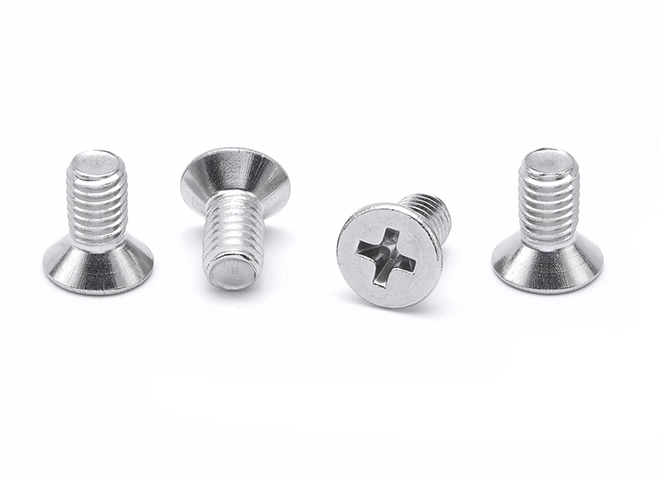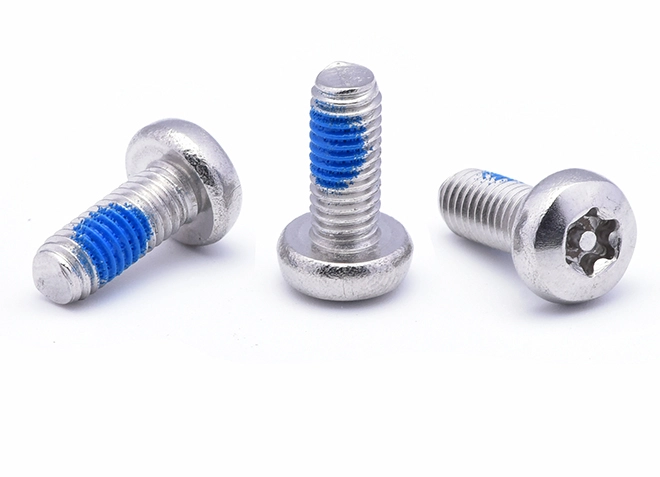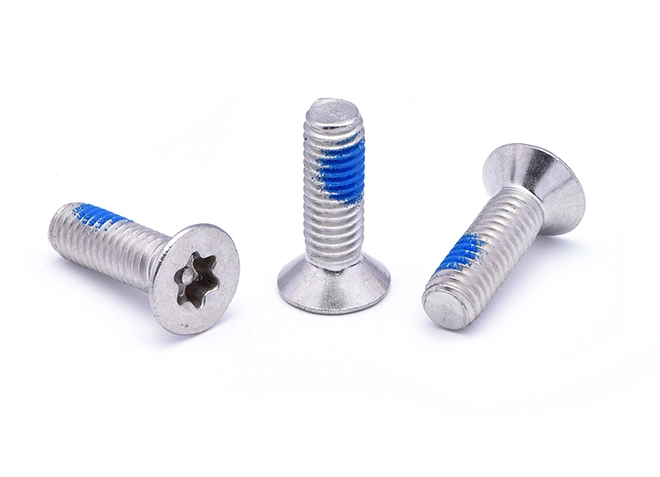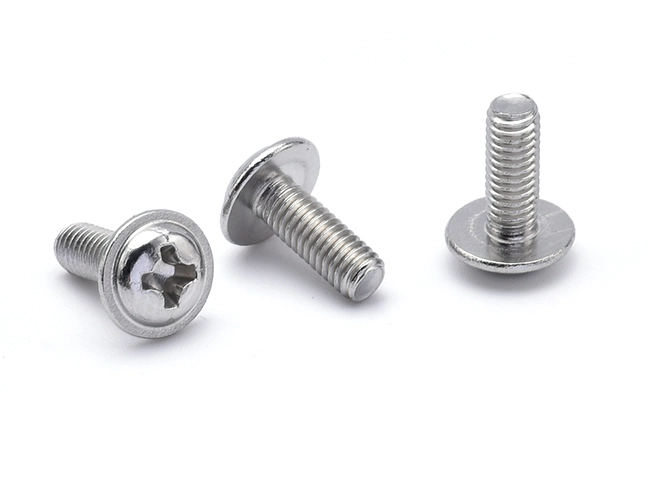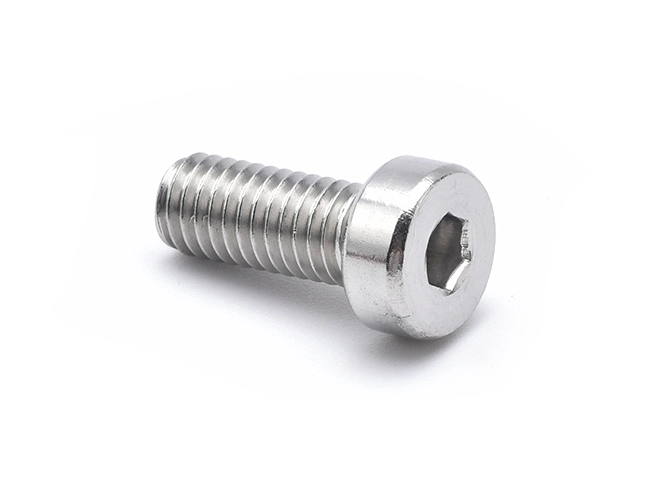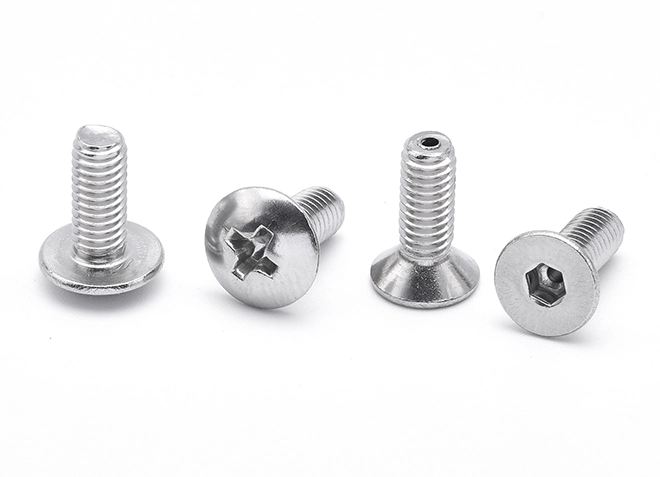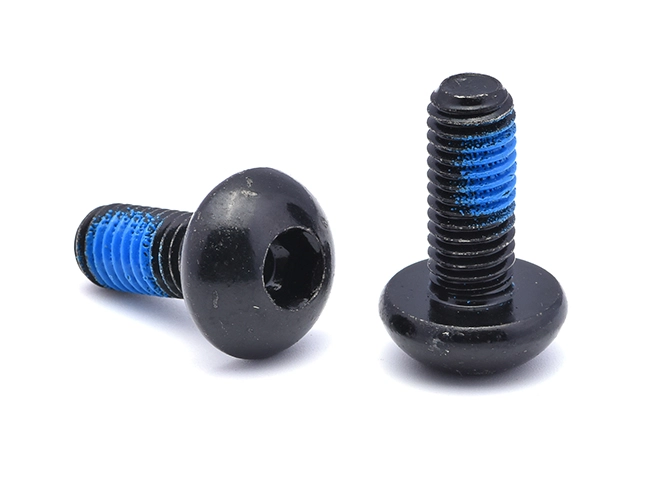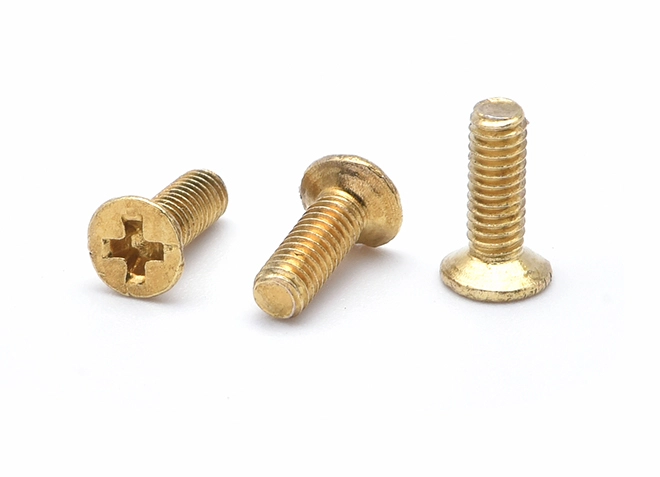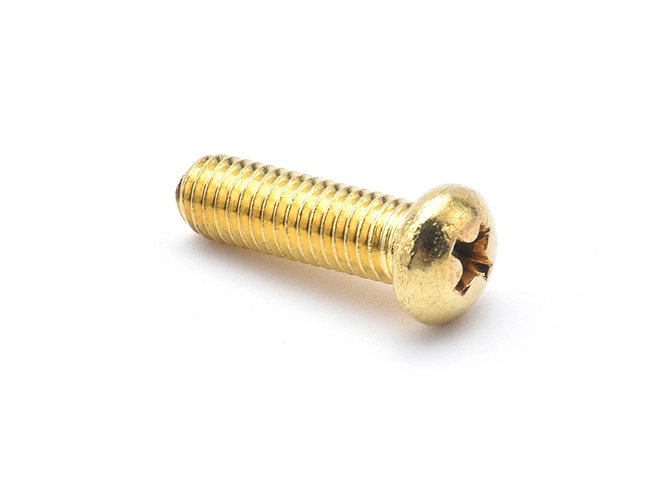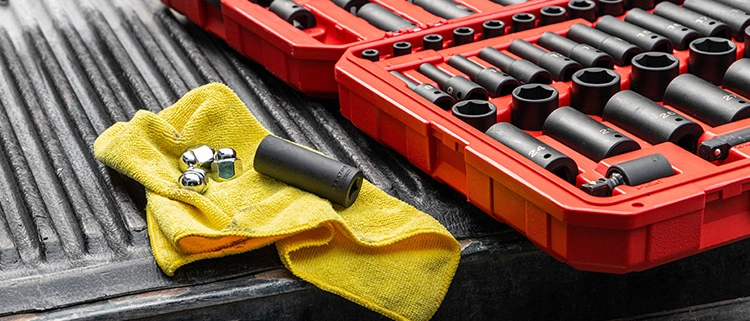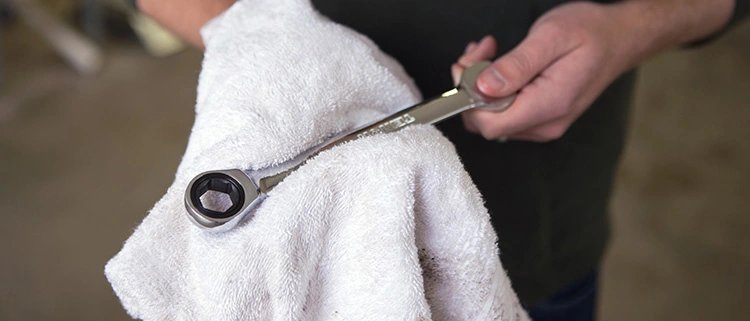Aaron: +86-18129983931
Max: +86-18922922459

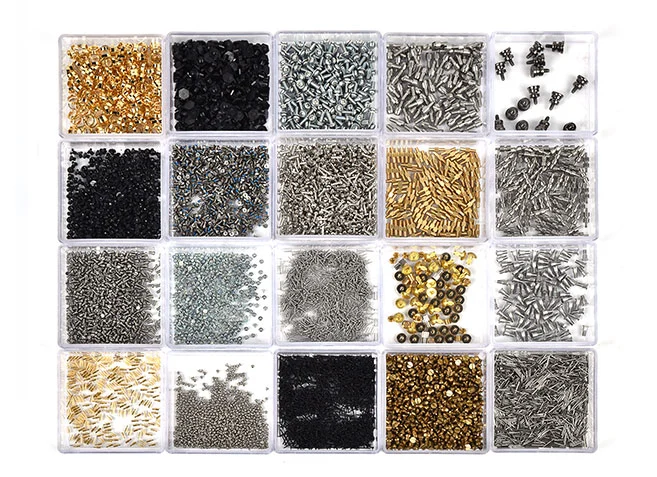 Micro Screws
Micro Screws
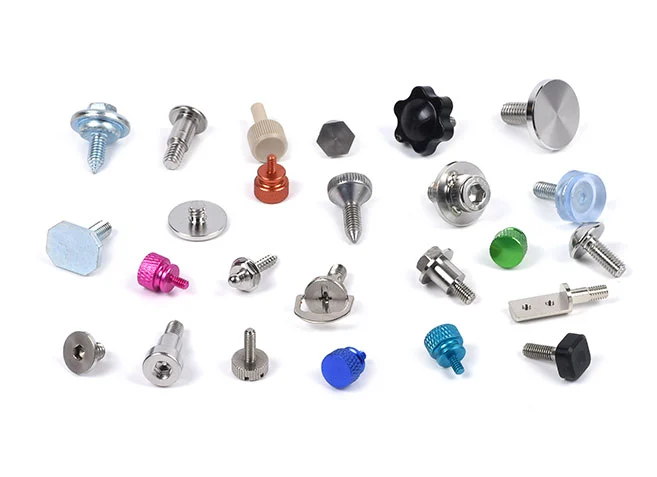 Big Head Screws
Big Head Screws
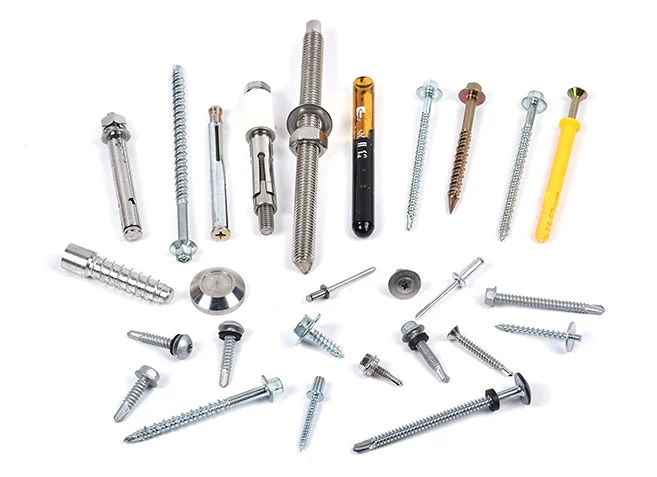 Construction Screws
Construction Screws
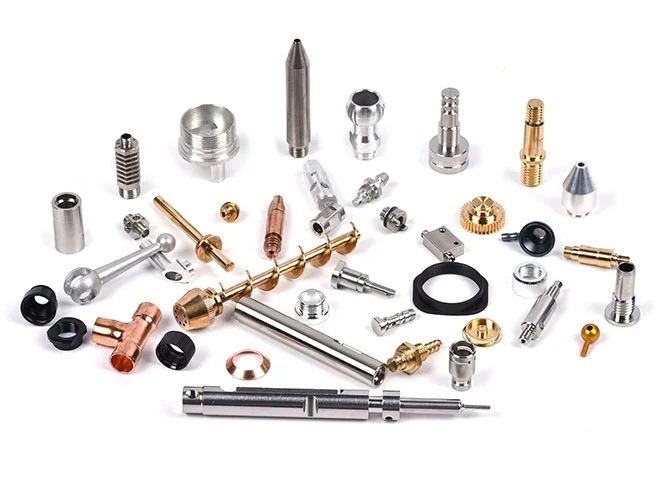 CNC Lathe Machining Parts
CNC Lathe Machining Parts
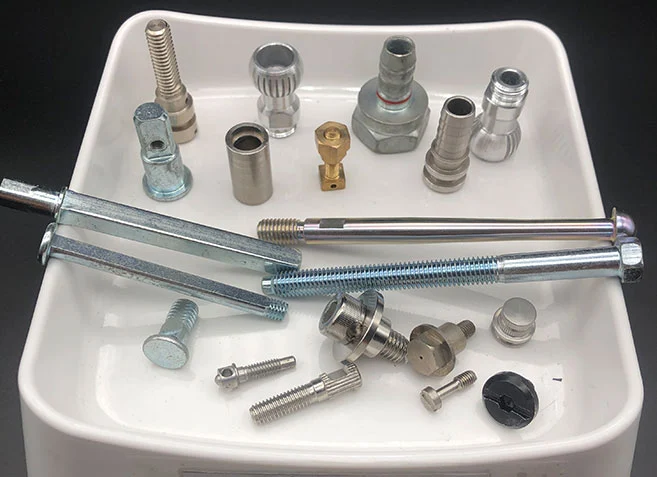 Cold Forged and Undergo Secondary Processing Products
Cold Forged and Undergo Secondary Processing Products
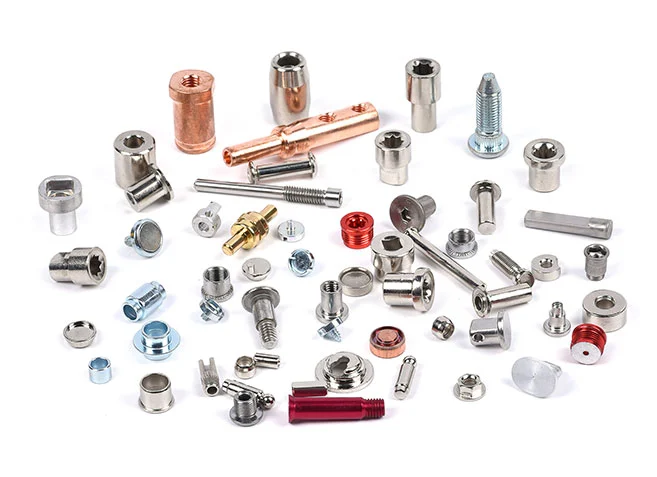 Multi Station Cold Heading Screws
Multi Station Cold Heading Screws
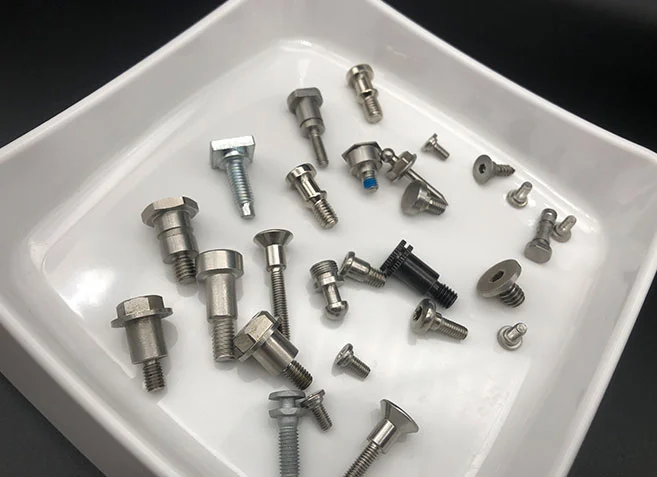 Step Screw
Step Screw
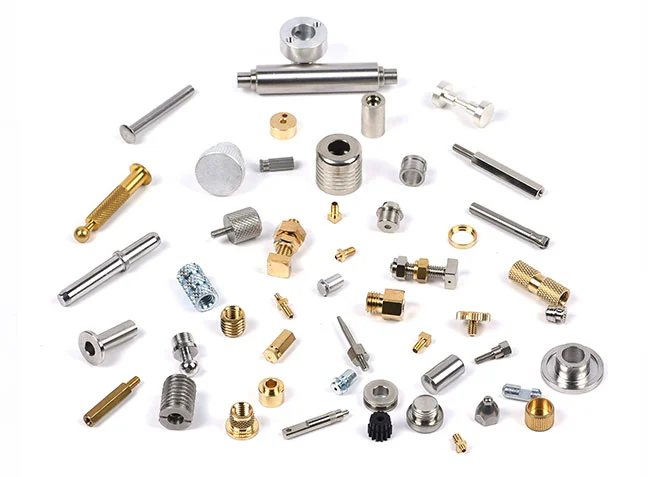 Automatic Lathe Machining Parts
Automatic Lathe Machining Parts
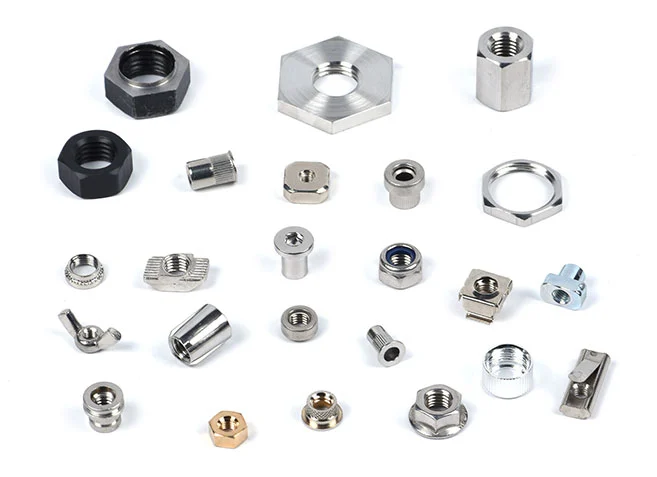 High Difficulty Challenge Cold Heading Fasteners
High Difficulty Challenge Cold Heading Fasteners
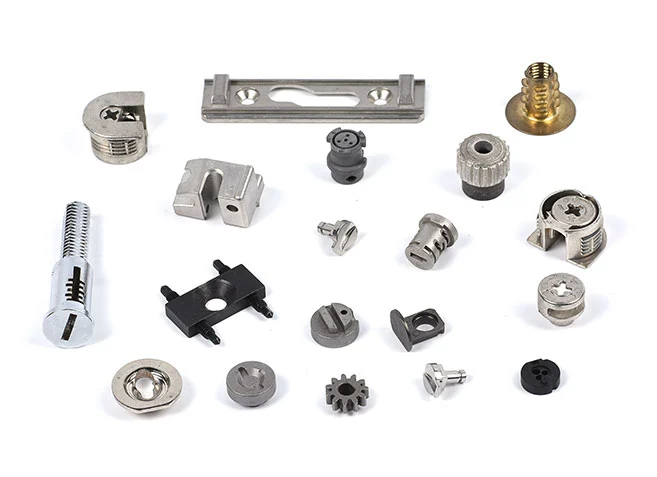 New Tech Fasteners
New Tech Fasteners
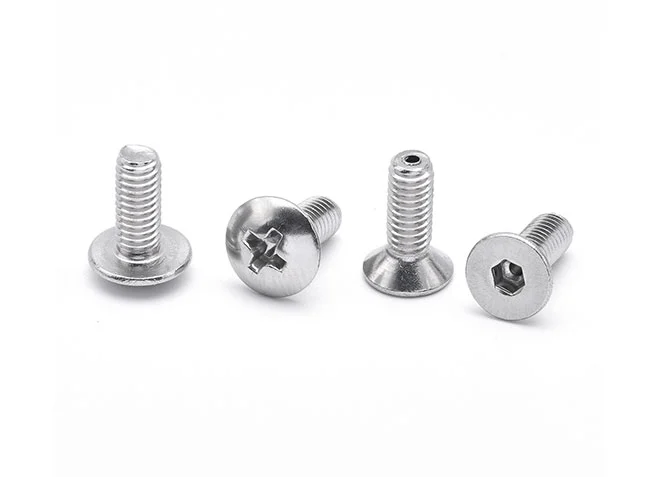 Machine Screws
Machine Screws
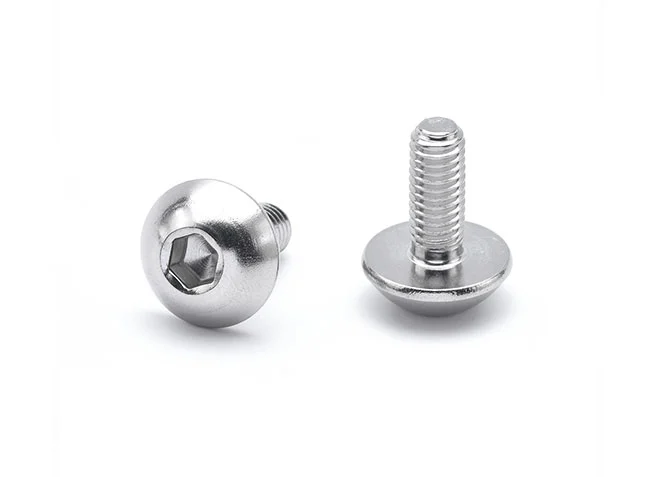 Socket Cap Screws
Socket Cap Screws
 Hexagon Socket Set Screws
Hexagon Socket Set Screws
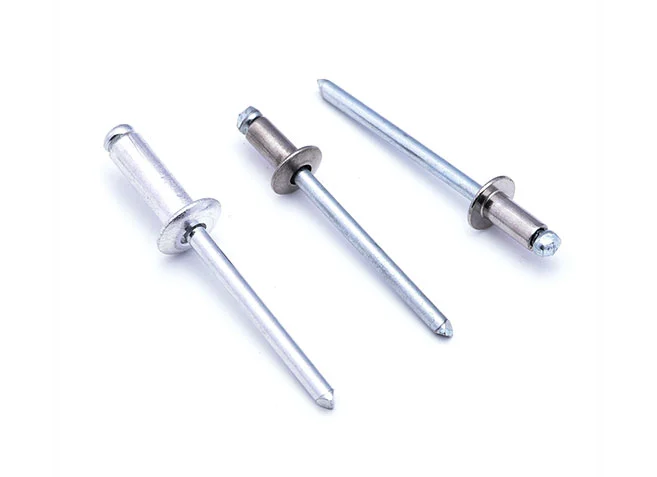 Pull Out Rivet
Pull Out Rivet
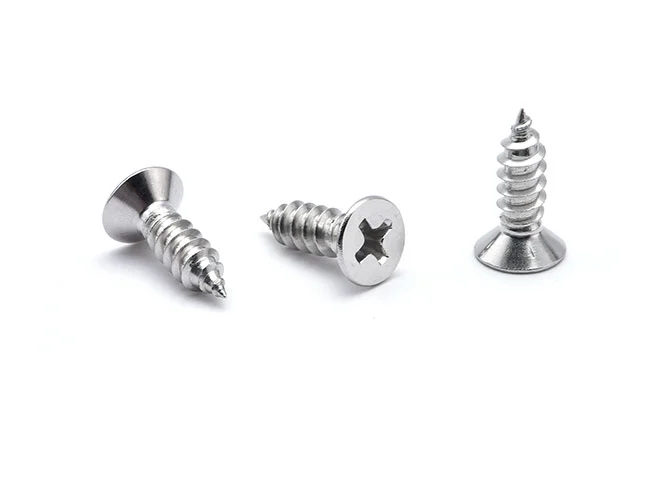 Self Tapping Screws
Self Tapping Screws
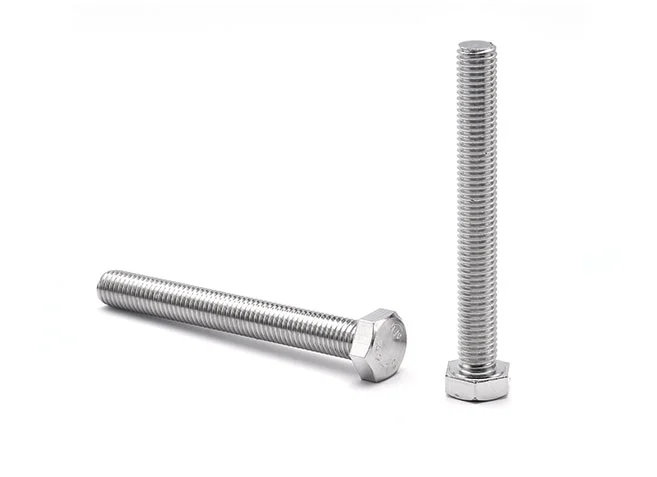 Hex Bolts
Hex Bolts
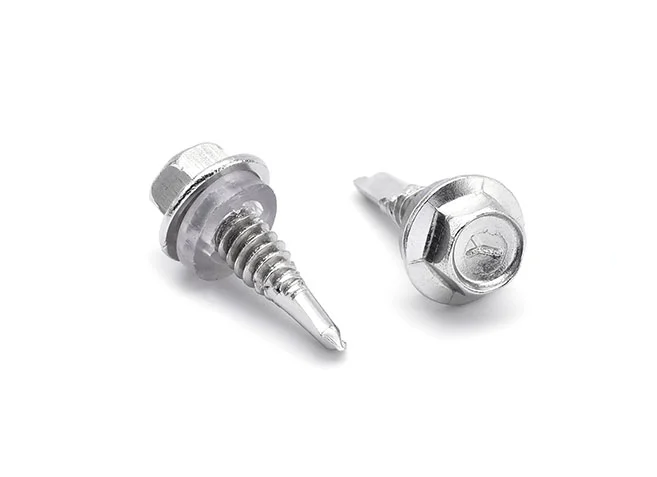 Self Drilling Screws
Self Drilling Screws
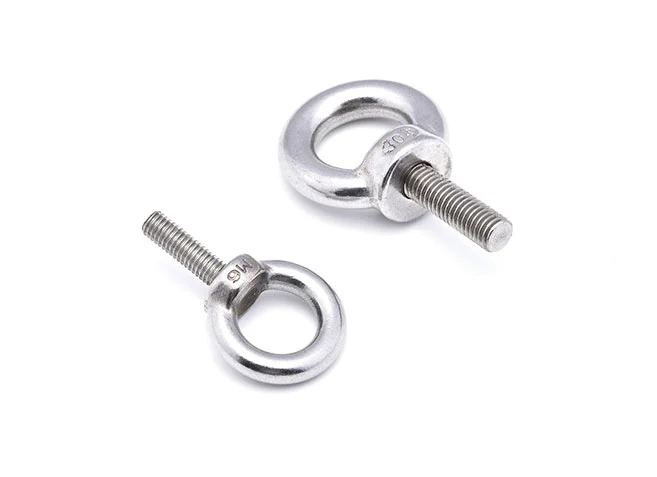 Eye Bolts
Eye Bolts
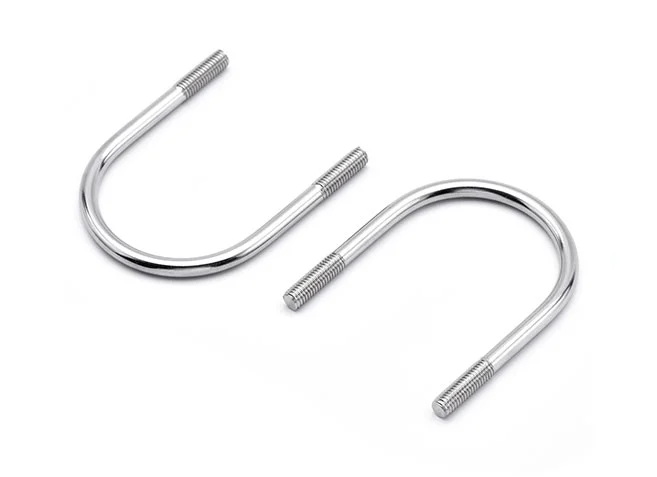 U-bolts
U-bolts
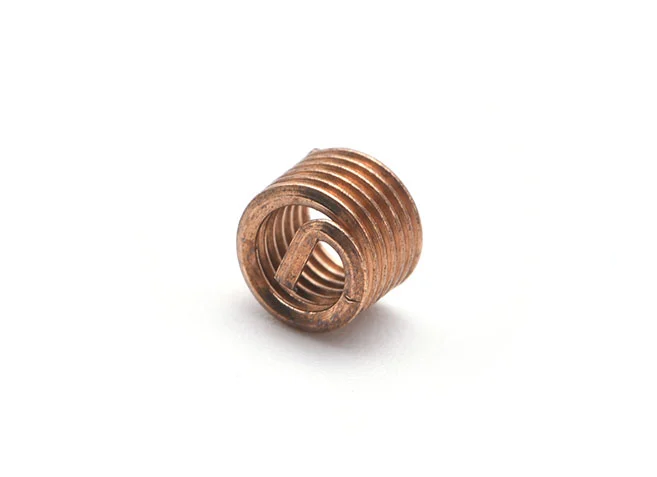 Threaded Sheath
Threaded Sheath
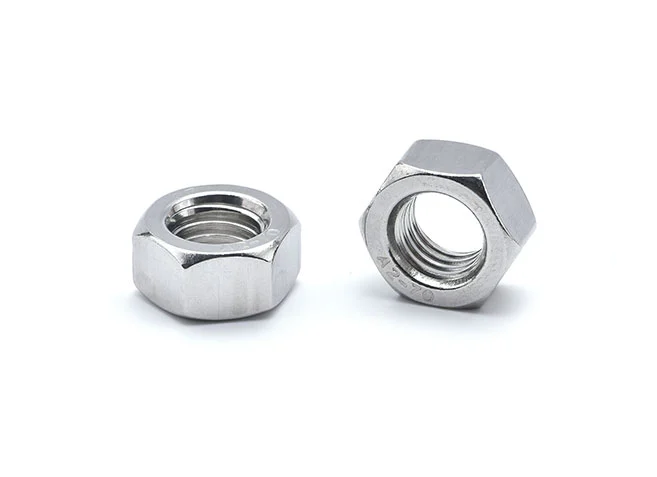 Hex Nut
Hex Nut
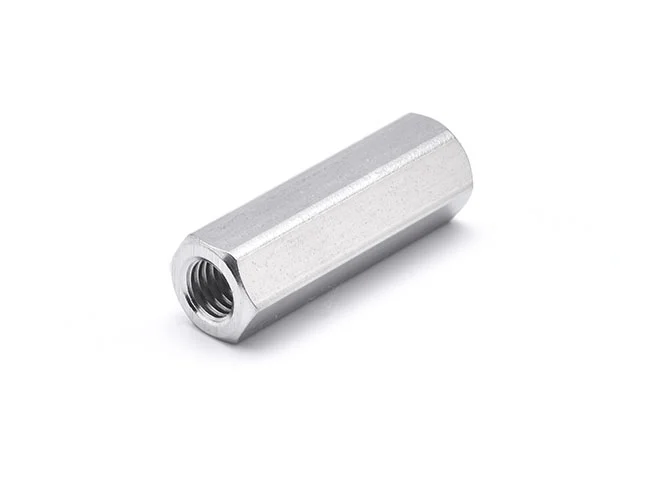 Hex Long Nut
Hex Long Nut
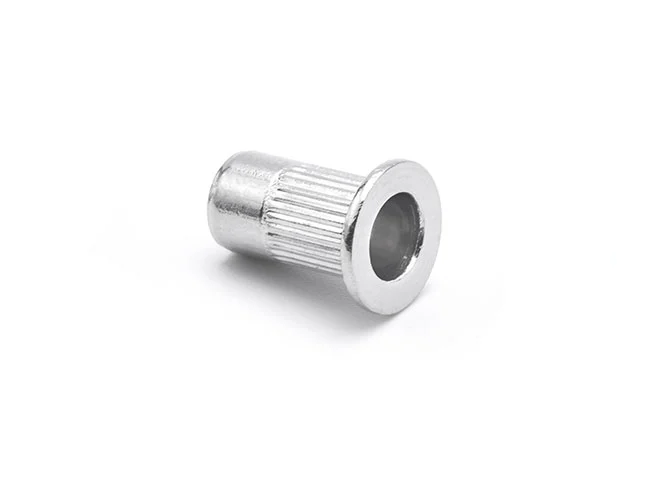 Pull Rivet Nut
Pull Rivet Nut
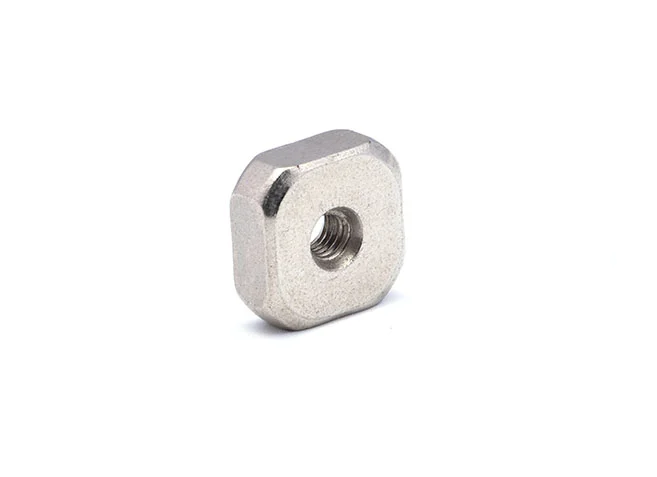 Square Nuts
Square Nuts
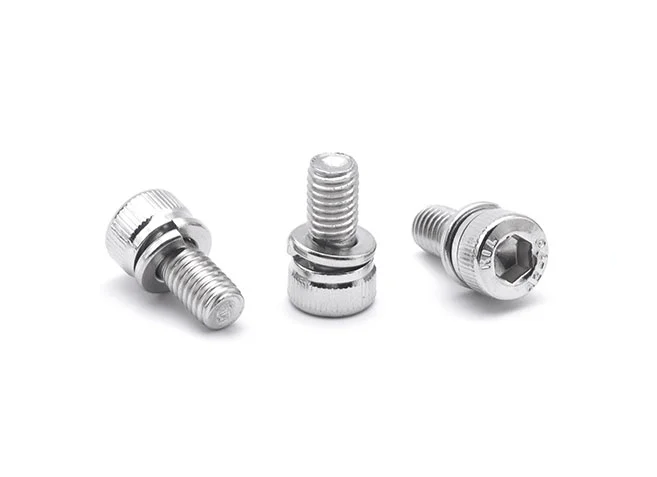 Combination Screws
Combination Screws
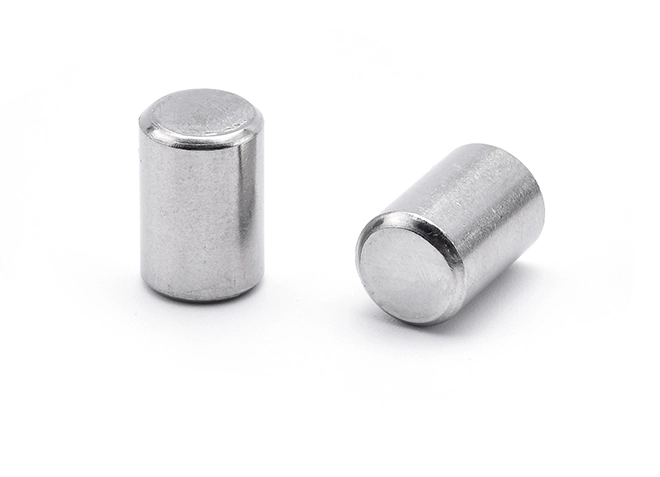 Pin
Pin
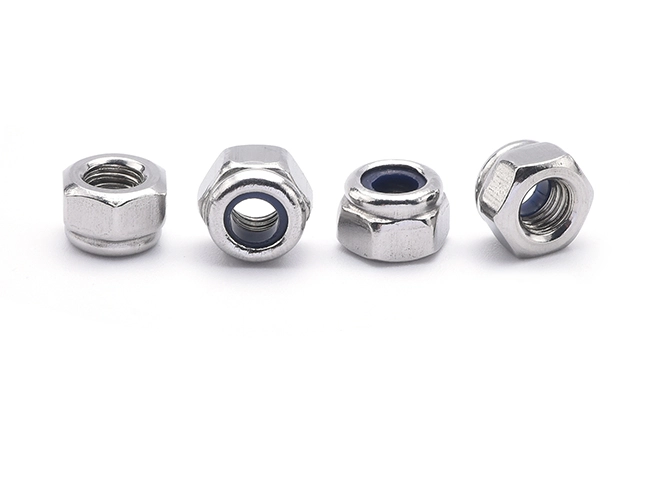 Nylon Locking Nuts
Nylon Locking Nuts
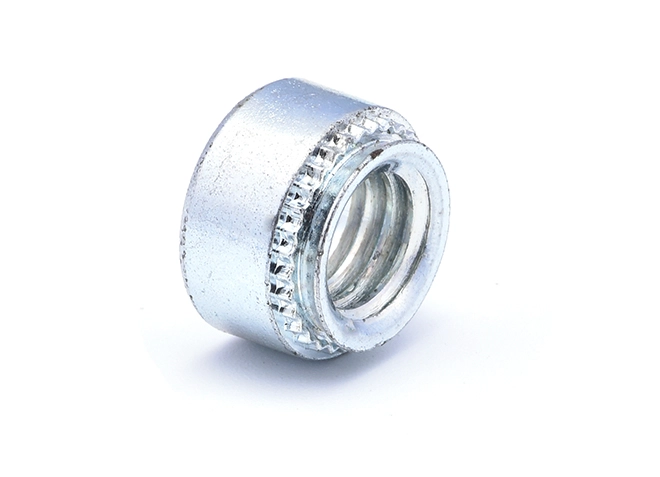 Pressure Rivet Nuts
Pressure Rivet Nuts
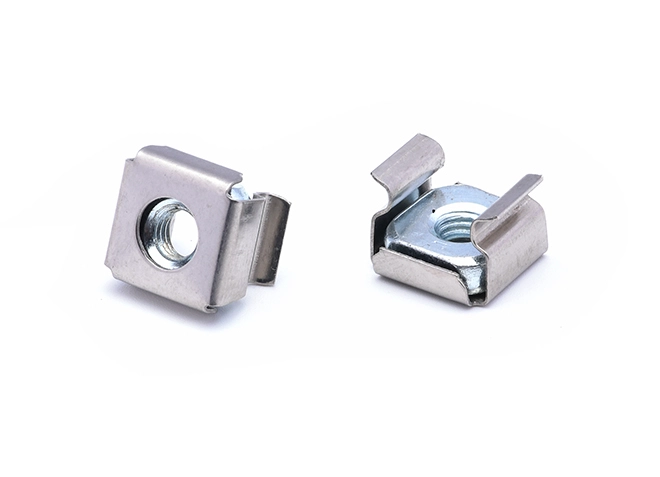 Cage Nut
Cage Nut
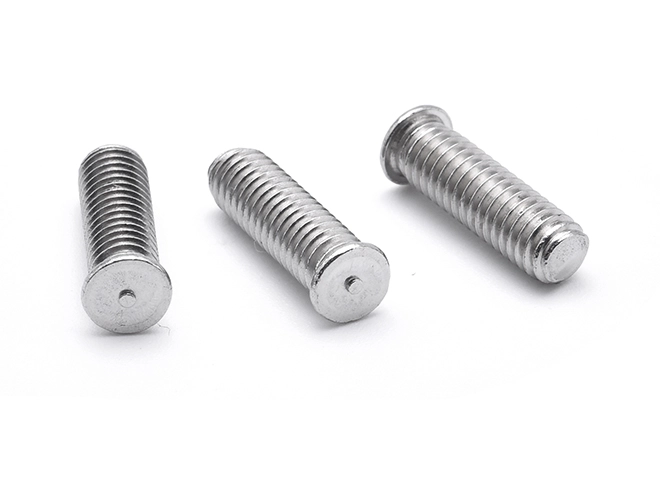 Welding Screws
Welding Screws
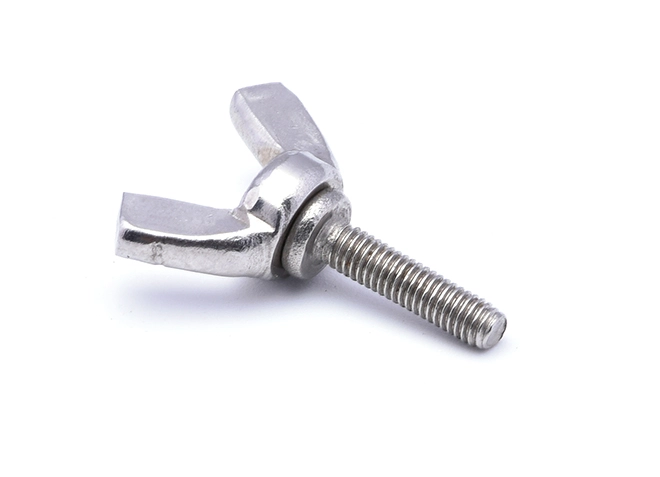 Butterfly Screw
Butterfly Screw
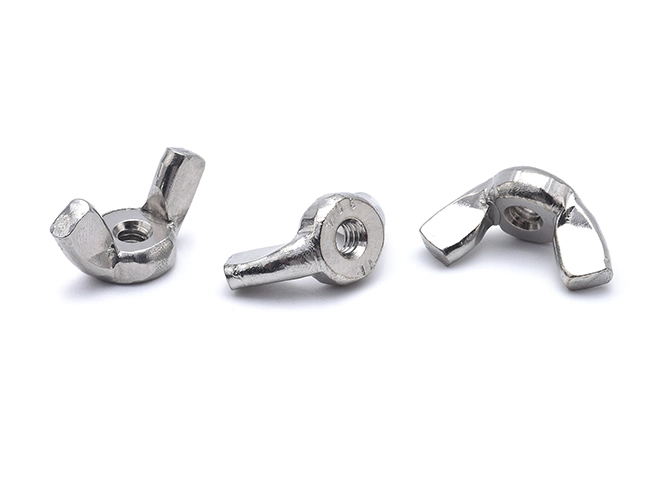 American Standard Butterfly Nut
American Standard Butterfly Nut
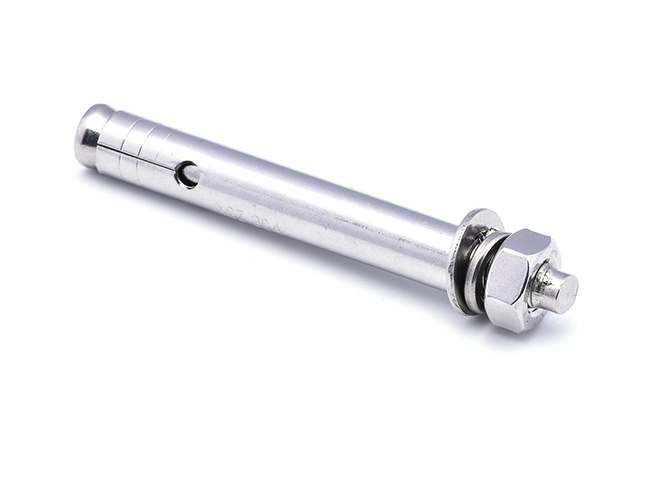 Expansion Screw
Expansion Screw
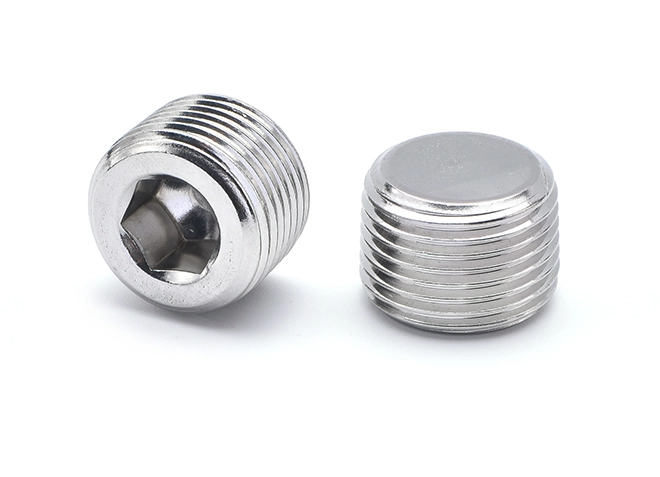 Plug Screw
Plug Screw
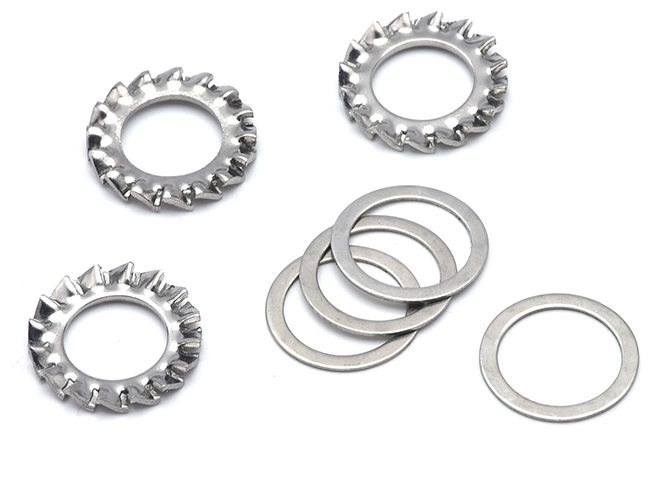 Stainless Steel Washer
Stainless Steel Washer
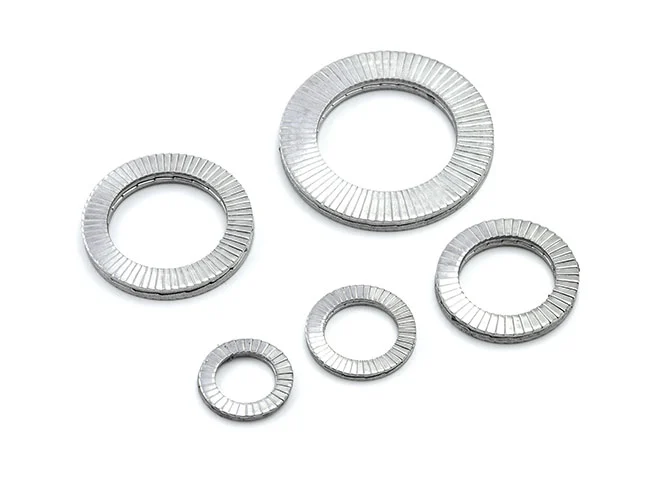 Double Overlap Anti-Loosening Washers
Double Overlap Anti-Loosening Washers
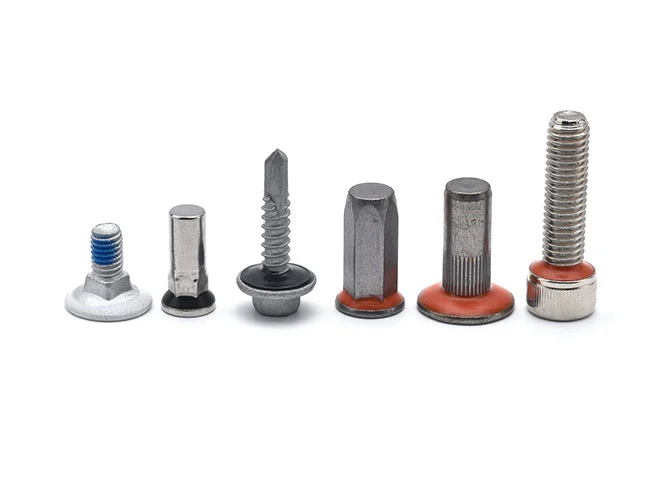 Waterproof and Anti-Drop Screws
Waterproof and Anti-Drop Screws
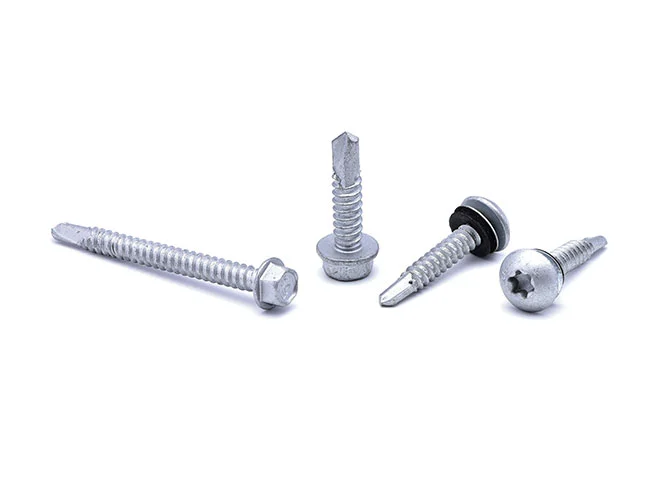 Super Corrosion-Resistant Screws
Super Corrosion-Resistant Screws
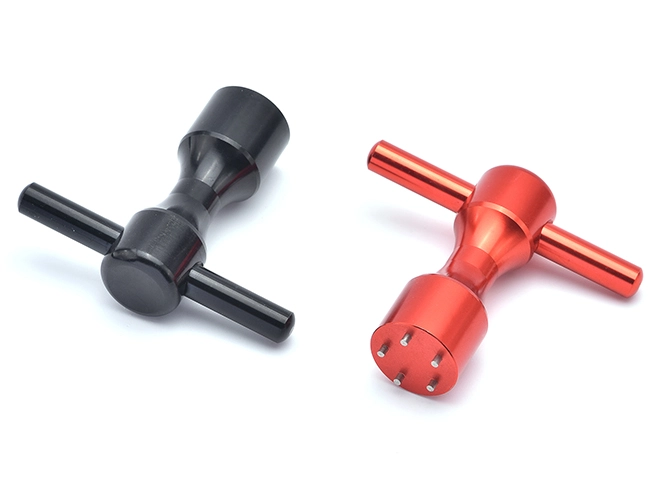 New Type Switchgear
New Type Switchgear
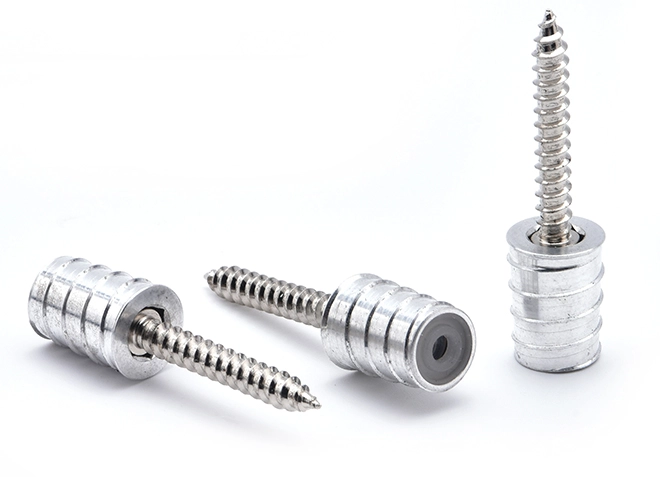 Anti-loose Easy Disassembly Nut Pillar (New Furniture Connector)
Anti-loose Easy Disassembly Nut Pillar (New Furniture Connector)
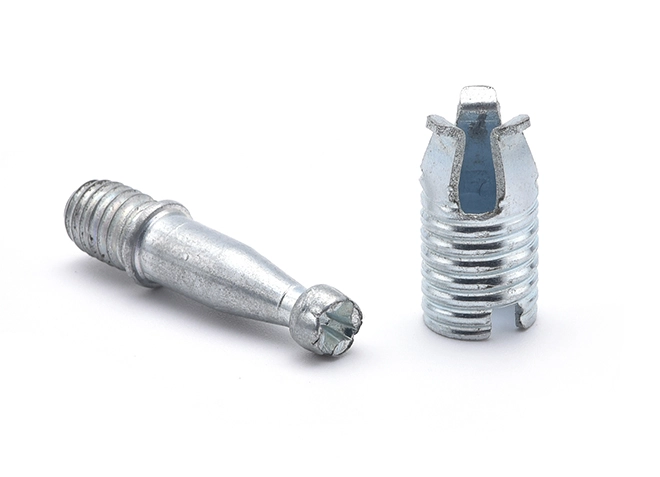 Furniture Simple Assembly and Disassembly Connector
Furniture Simple Assembly and Disassembly Connector
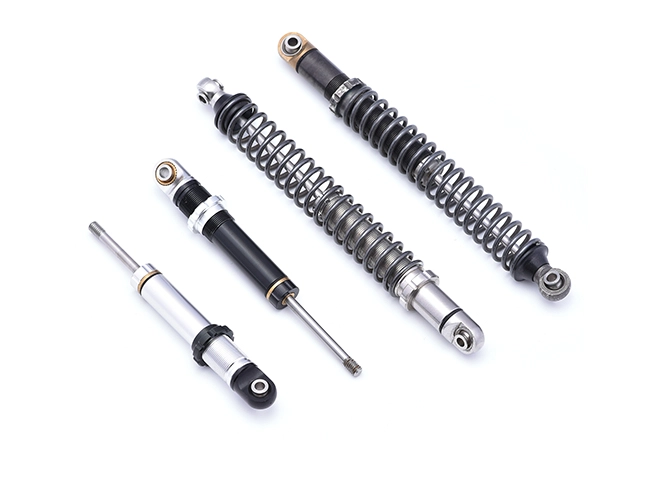 Micro Vibration Absorber
Micro Vibration Absorber
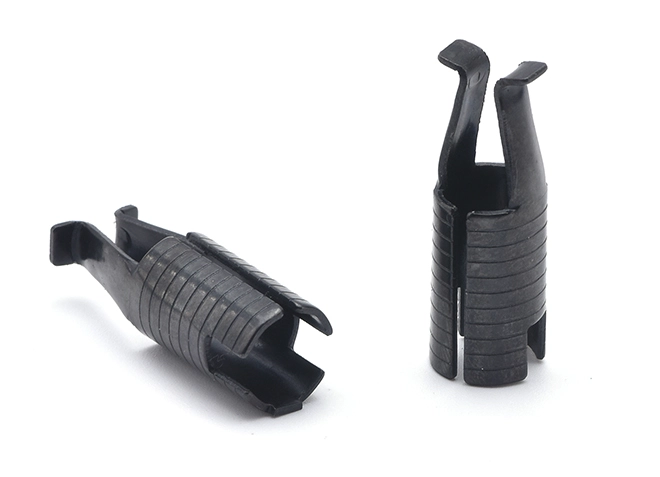 65Mn Material Furniture Connector
65Mn Material Furniture Connector
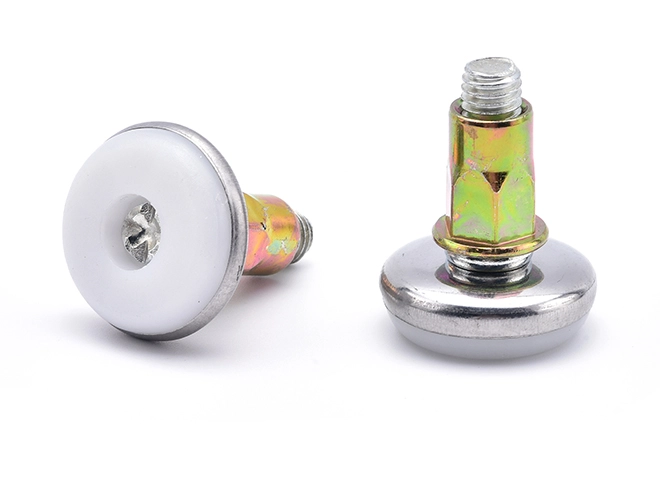 Counter Table Base
Counter Table Base
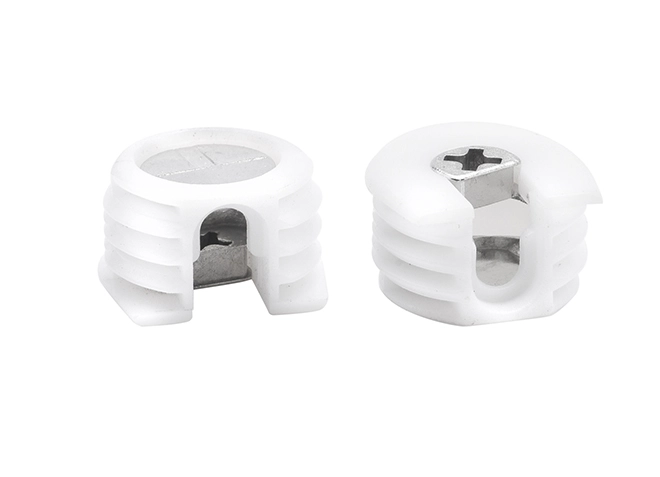 Furniture Connector Nut with Plastic Sleeve
Furniture Connector Nut with Plastic Sleeve
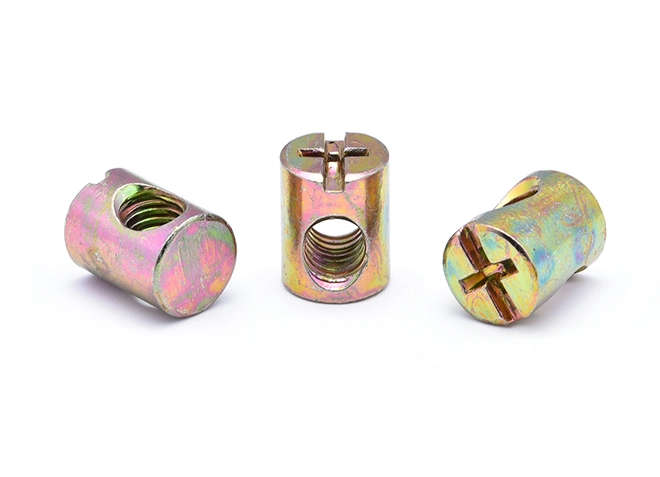 Furniture Horizontal Hole Nut
Furniture Horizontal Hole Nut
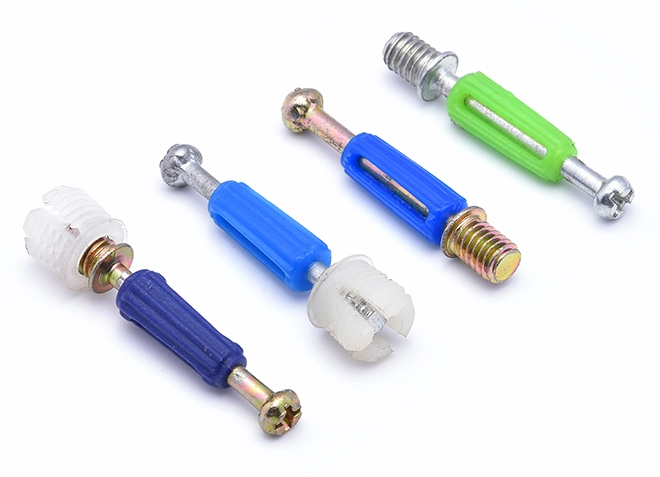 Furniture Connecting Screw
Furniture Connecting Screw
 Furniture Connecting Nut Seat
Furniture Connecting Nut Seat
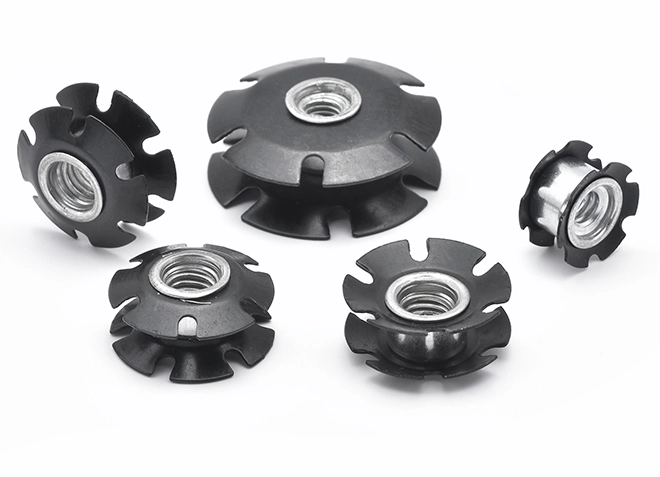 Double Stack Wheels Used On Furniture
Double Stack Wheels Used On Furniture
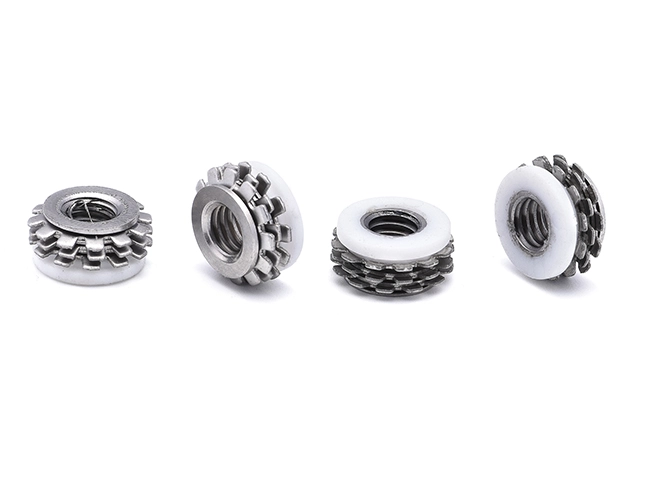 Components Used On Furniture
Components Used On Furniture
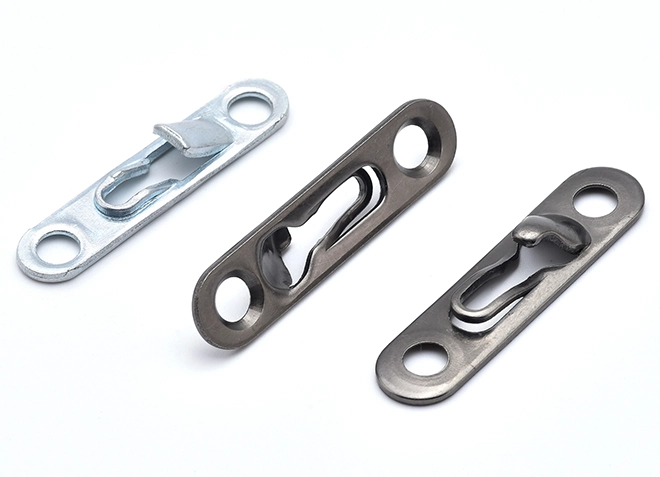 Connection Buckle
Connection Buckle
 Internal Hexagonal Spiral Screw
Internal Hexagonal Spiral Screw
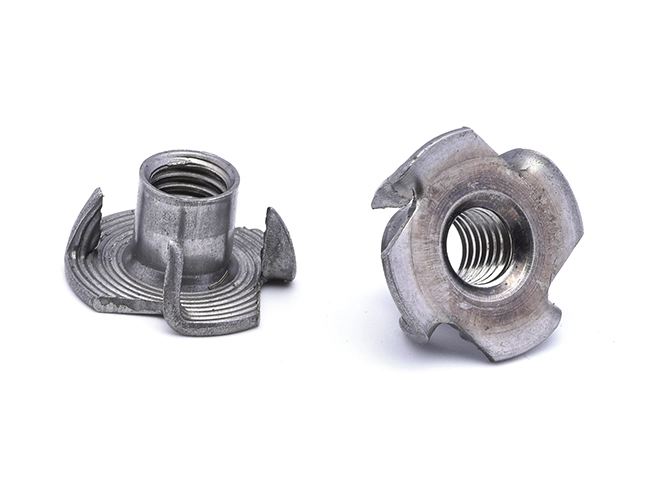 Iron Colored Carbon Steel Four Claw Nut
Iron Colored Carbon Steel Four Claw Nut
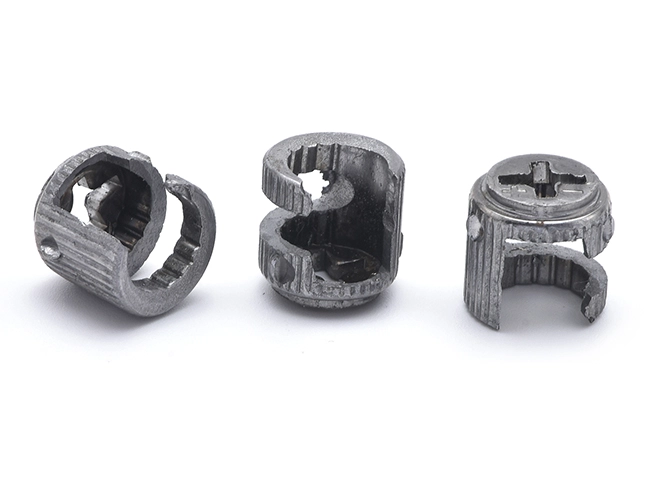 Iron Furniture Three Combination Nut Seat
Iron Furniture Three Combination Nut Seat
 Iron and Zinc Alloy Furniture Three Combination Nut Seat
Iron and Zinc Alloy Furniture Three Combination Nut Seat
 Dowel Pin+ Gray Elephant Rubber Sleeve
Dowel Pin+ Gray Elephant Rubber Sleeve
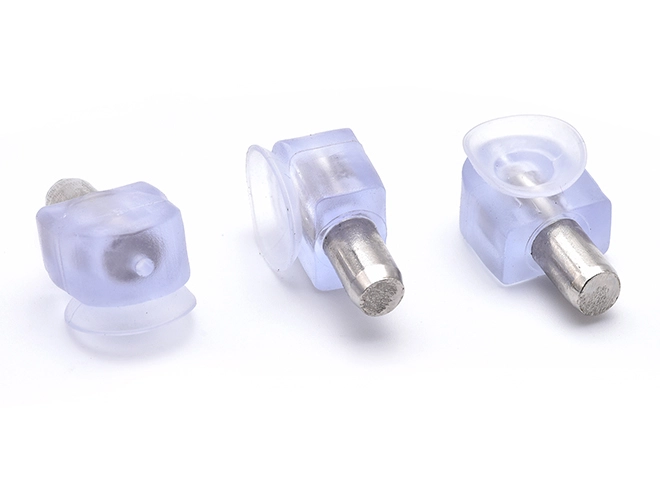 Dowel Pin+ Transparent Elephant Rubber Sleeve
Dowel Pin+ Transparent Elephant Rubber Sleeve
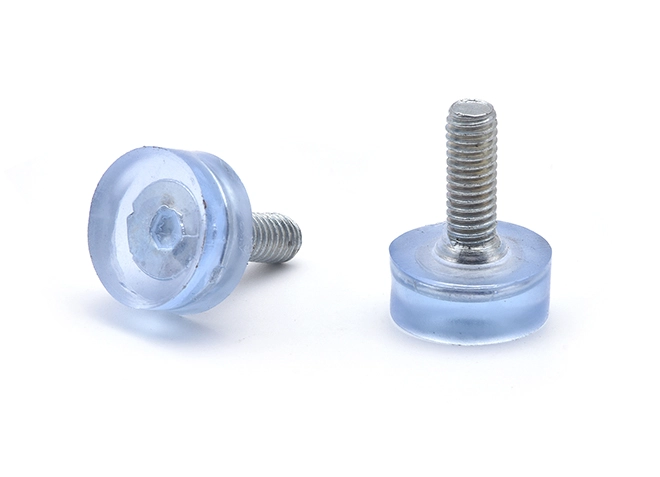 Injection Molded Furniture Foot Pad Screw
Injection Molded Furniture Foot Pad Screw
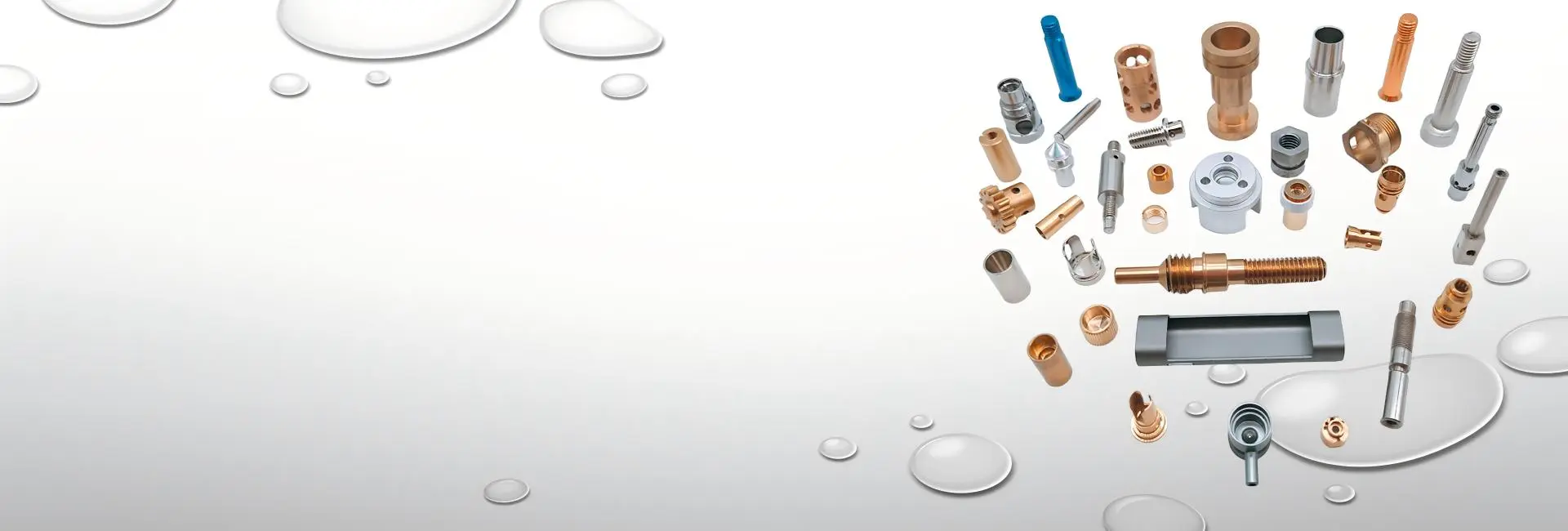
Machine screws are a type of fastener, typically used to secure metal parts together, often in machinery or appliances. They are designed to engage with tapped holes or to be used with nuts to assemble components. Unlike wood screws, machine screws have uniform threads and are not tapered, which allows them to distribute load and pressure evenly.
Machine screws are versatile fasteners used in a wide range of applications due to their ability to provide secure and reliable connections. Here are some common applications:
Electronics and Electrical Devices: Machine screws are frequently used to assemble electronic devices such as computers, mobile phones, and other gadgets. They secure components to printed circuit boards (PCBs) and enclosures.
Automotive Industry: In the automotive industry, machine screws are used to assemble parts of the engine, chassis, and interior components. They are critical for securing parts that need to withstand vibrations and high stress.
Machinery and Equipment: Machine screws are used in various types of machinery, including industrial equipment, agricultural machinery, and construction equipment. They help in assembling different machine parts and holding them together.
Appliances: Household and commercial appliances, such as refrigerators, washing machines, and air conditioners, use machine screws to secure panels, motors, and other components.
Furniture Assembly: Many types of furniture, particularly office furniture and flat-pack furniture, use machine screws for assembly. They provide strong and reliable joints that can be easily tightened or loosened.
A machine screw is a fastener with a uniform diameter and threading along its entire length, designed to be threaded into a tapped hole or nut to join two parts together. It typically has a head (e.g., flat, round, or hex) that allows for tightening with a screwdriver or wrench.
A set screw, on the other hand, is usually headless and fully threaded. It’s used to secure an object within or against another object, like holding a pulley or gear on a shaft. It’s tightened using an internal drive, such as a hex or socket head, to prevent rotational movement or loosening.
arron18129983931@gmail.com
arron18129983931@gmail.com
arron18129983931@gmail.com


